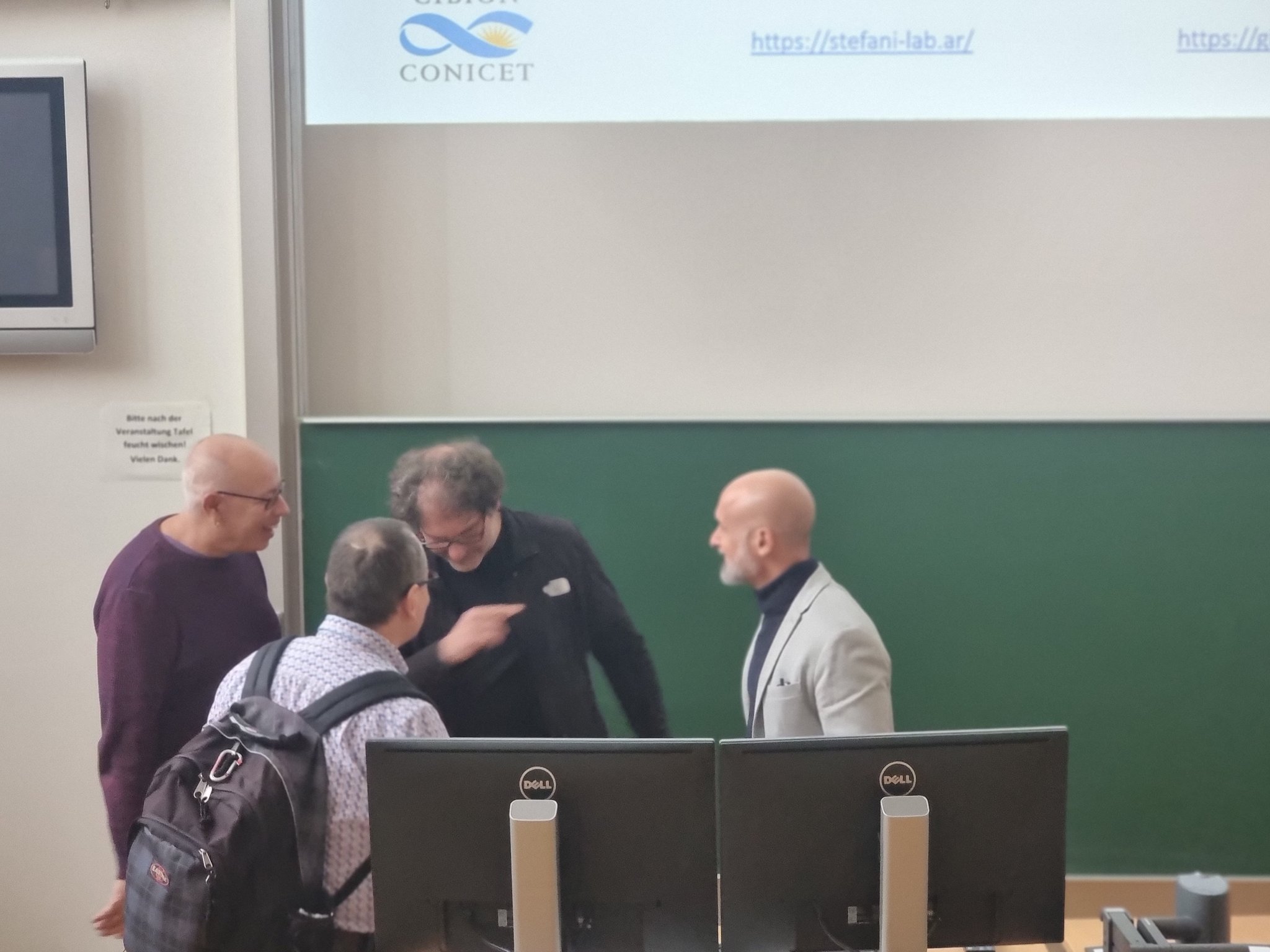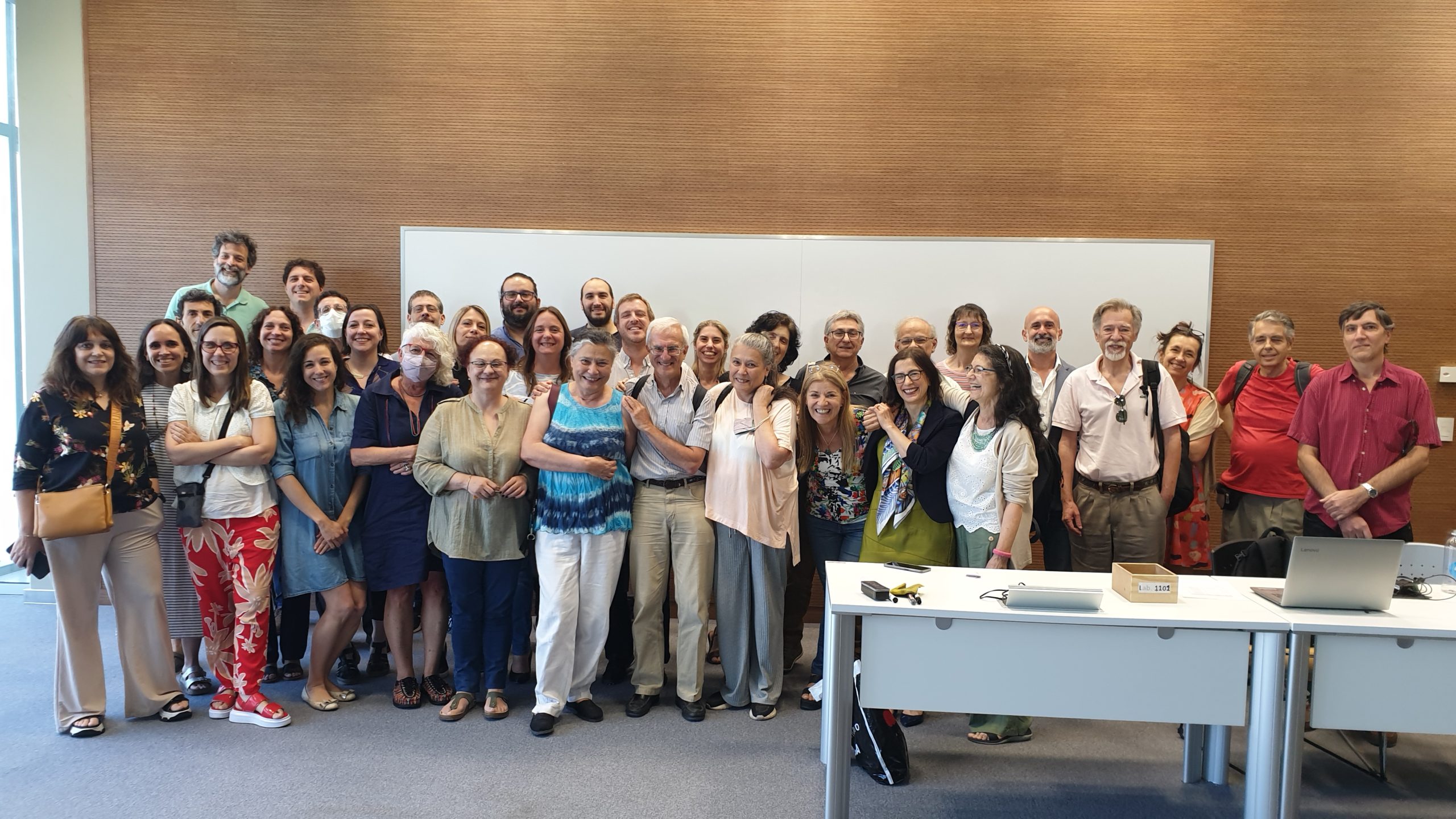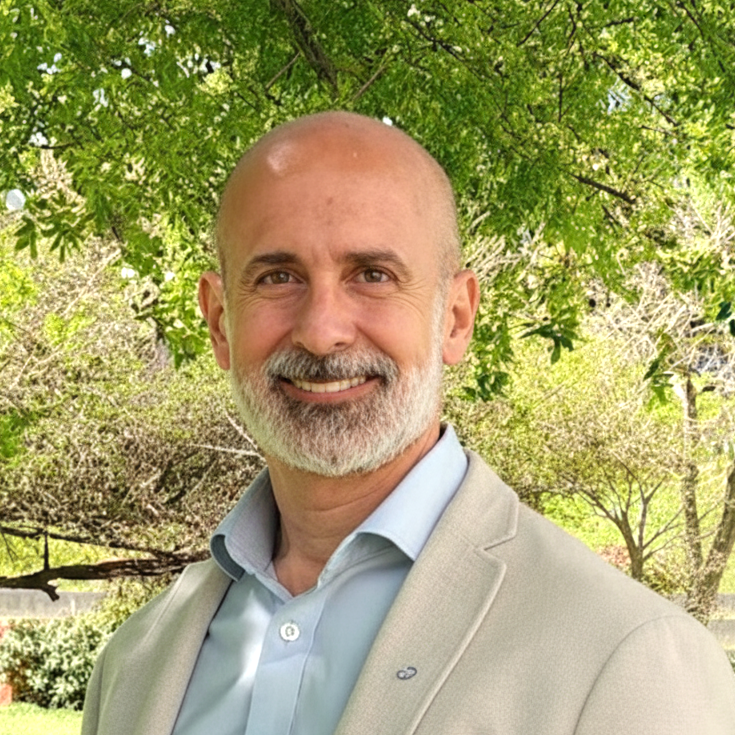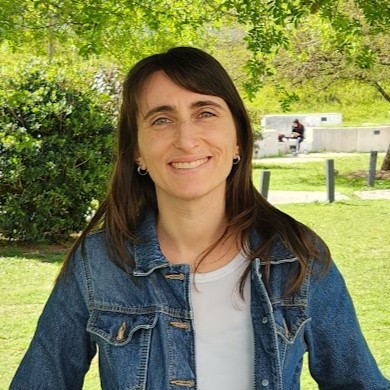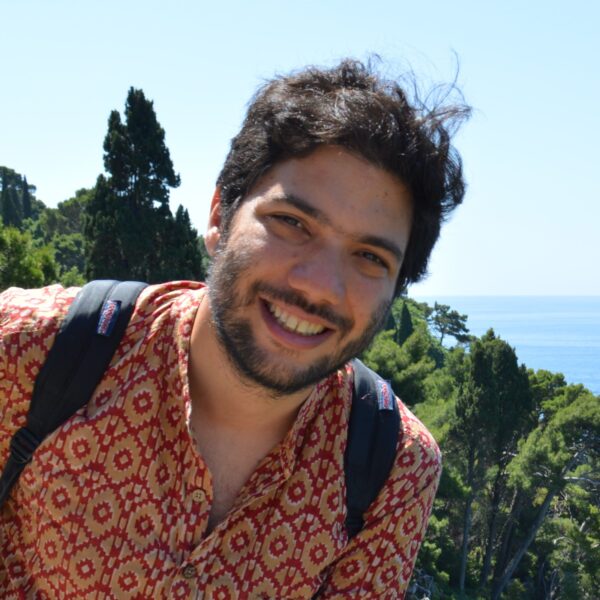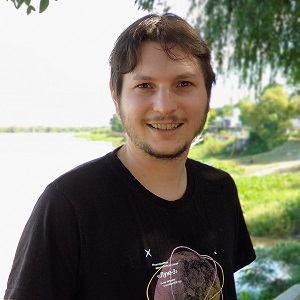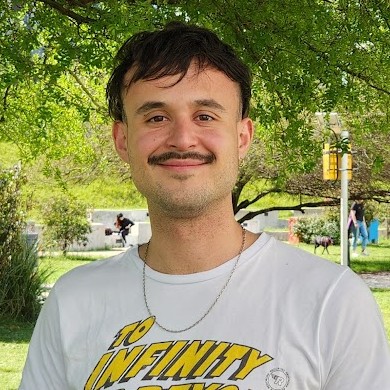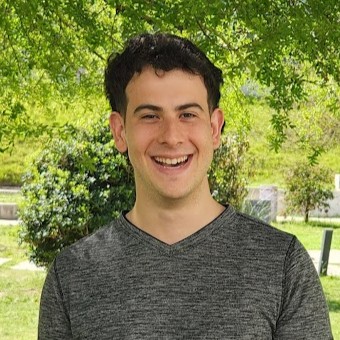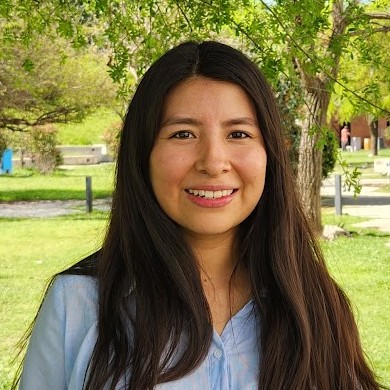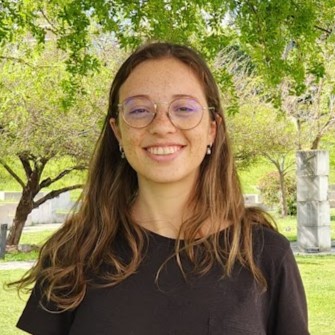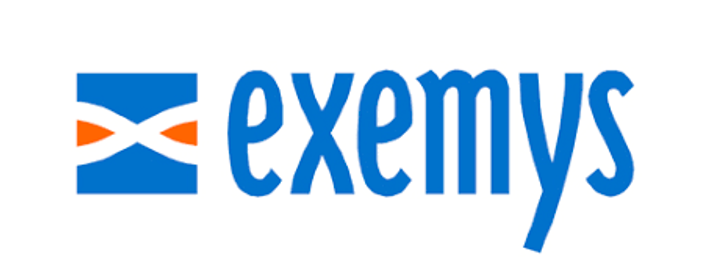Center for Bionanoscience Research (CIBION), National Scientific and Technical Research Council (CONICET)
Physics Department, Faculty of Exact and Natural Sciences, University of Buenos Aires (UBA)
Using optical methods, we explore the properties and technological applications of nanoparticles, single molecules, nanostructured materials, supramolecular assemblies, biological and hybrid nanosystems.
The Applied nanoPhysics Group was launched in October 2009 at the Physics Department, Faculty of Exact and Natural Sciences, of the University of Buenos Aires (UBA)
In 2012 we moved our labs to the Center for Bionanoscience Research (CIBION) of the National Scientific and Technical Research Council (CONICET), while Prof. Stefani still holds his position at the Physics Department of the University of Buenos Aires.
CURRENT RESEARCH ACTIVITIES
Fluorescence nanoscopy.
Super-resolution fluorescence microscopy, also known as fluorescence nanoscopy, has revolutionized biological imaging because they provide deep sub-wavelenght spatial resolution while keeping the low-invasiveness of far-field optical interrogation. We apply and optimize well-established methods like STED and STORM, and develop new ones, such as MINFLUX, and open-source software for fluorescence nanoscopy. With them, we address questions of cellular and neuronal biology.
Optical printing colloidal nanoparticles.
Colloidal chemistry enables the fabrication of nanoparticles of different shapes, sizes and material compositions, that exhibit unique physical and chemical properties, inexistent in bulk materials. In order to make use of those properties in devices and circuits, it is necessary to develope methods to bring the colloidal nanoparticles from the liquid phase to specific locations of solid substrates. We address this challenge using optical forces.
Self-assembled Nanophotonic Devices.
Semiconductor-based devices are approaching intrinsic limits of speed and heat dissipation.
Optical devices are faster and practically loss-less, but their size miniaturization is limited by the wavelength of light. Nanophotonics and Plasmonics deals with the manipulation of light at the nanoscale. We investigate light-matter interaction between single-photon emitters and metallic nanoparticles organized in nanodevices by self-assembly.
LATESTS NEWS
Lecture at University of Göttingen hosted by Prof. Joerg Enderlein
Prof. Stefani was invited by Prof. Joerg Enderlein to a give a coloquium at the University of Göttingen and discuss future collaborations with his group. He also maintained promissing disscussions with Prof. Silvio Rizzoli and group leader Dr. Felipe Opazo. Thank you Joerg for the great time! [...]
Tutorial for the optimization and characterization of toroidal foci for super-resolution fluorescence microscopy
Several super-resolution methods make use of toroidal foci, i.e. light foci with a central minimum, ideally a zero, of intensity. For example, STED microscopy uses toroidal foci to suppress fluorescence emission in the periphery of the excitation focus through stimulated emission. Also, interrogating molecular position using a minimum of intensity [...]
Lecture and visit to Prof. Romain Quidant and Prof. Lukas Novotny at ETH
Prof. Stefani was invited to the ETH Zurich to give a lecture to graduate and undergraduate students, and visit the labs of world experts on nanophotonics Prof. Lukas Novotny and Prof. Romain Quidant. Thank you Romain and Lukas for the great time and discussions, as always. [...]
Arrays of gold nanostars by optical printing
Obtaining arrays of single nanoparticles with three-dimensional complex shapes is of interest for many applications, but remains an open challenge of nanotechnology. Current nanolithographic methods do not allow for the preparation of nanoparticles with complex features like nanostars. In our recent paper in Nano Letters, we present an investigation of [...]
Visit of Prof. Joerg Enderlein
We received Prof. Joerg Enderlein from the University of Goettingen at CIBION to show him our labs and discuss current status and future trends of our many common interests, like single-molecule spectroscopy and super-resolution microscopy. Prof. Enderlein is a world expert on single-molecule detection, electromagnetic manipulation of [...]
Participation in the 11th Weber Symposium
Ph.D. candidate Florencia Choque and Prof. Stefani participated in the 11th International Weber Symposium on Innovative Fluorescence Methodologies in Biochemistry and Medicine held in Punta del Este, Uruguay, on January 8-13, 2023. The "Weber Symposium" honors the fundamental and far-reaching contributions of Professor Gregorio Weber. It provides an overview of [...]
Our homage to the football world champions 🙂
To honour the effort and great performance of our football national team, Luciana Martínez used our optical printing setup to make a "nano FIFA world cup" made of gold nanoparticles. The FIFA world cup is made of about 6 kilograms of gold 18k, which is about 4,5 kilograms of [...]
Thank you Pedro!
Friends, students, colleagues and collaborators of Pedro Aramendía got together at the Faculty of Natural and Exact Sciences of the University of Buenos Aires to celebrate his career and say thanks for so many years of great work and company. Pedro was the founding Director of CIBION and was [...]
COLLABORATORS
STEFAN HELL
Max-Planck-Institute for Biophysical Chemistry (Göttingen, Germany)
THOMAS JOVIN
Max-Planck-Institute for Biophysical Chemistry (Göttingen, Germany)
ALFREDO CÁCERES
Instituto Universitario de Ciencias Biomédidas de Córdoba (Córdoba, Argentina)
PHILIP TINNEFELD
Ludwig-Maximilians-University Munich (Germany)
GUILLERMO ACUNA
University of Fribourg (Switzerland)
ANDRÉS ZELCER
Centro de Investigaciones en Bionanociencias (Buenos Aires, Argentina)
ANDREA BRAGAS
University of Buenos Aires (Argentina)
DARÍO KRAPF
Instituto de Biología Molecular y Celular de Rosario (IBR – Santa Fe, Argentina)
SABRINA SIMONCELLI
University College London (UK)
DAMIAN REFOJO
Biomedicine Research Institute of Buenos Aires (Argentina)
RODRIGO PALACIOS
Universidad Nacional de Río Cuarto (Córdoba, Argentina)
OSCAR CAMPETELLA
Universidad Nacional de General San Martín (Buenos Aires, Argentina)

